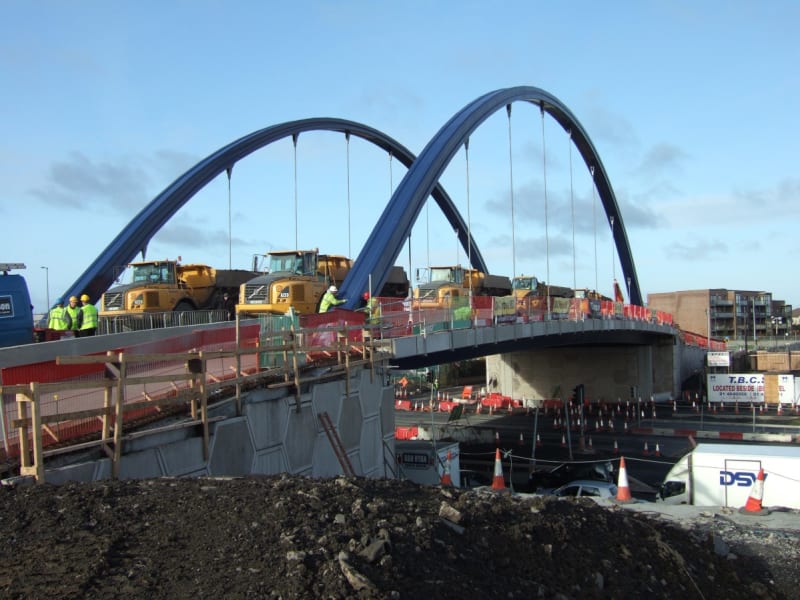MIStructE_IRE
Structural
- Sep 23, 2018
- 816
Hi,
I pass this bridge every day and I always wonder about its effective length in terms of why it doesn’t want to buckle sideways.. The arches are not tied together, and me not being a bridge guy expects them to be! What am I missing? Just curious!

I pass this bridge every day and I always wonder about its effective length in terms of why it doesn’t want to buckle sideways.. The arches are not tied together, and me not being a bridge guy expects them to be! What am I missing? Just curious!




